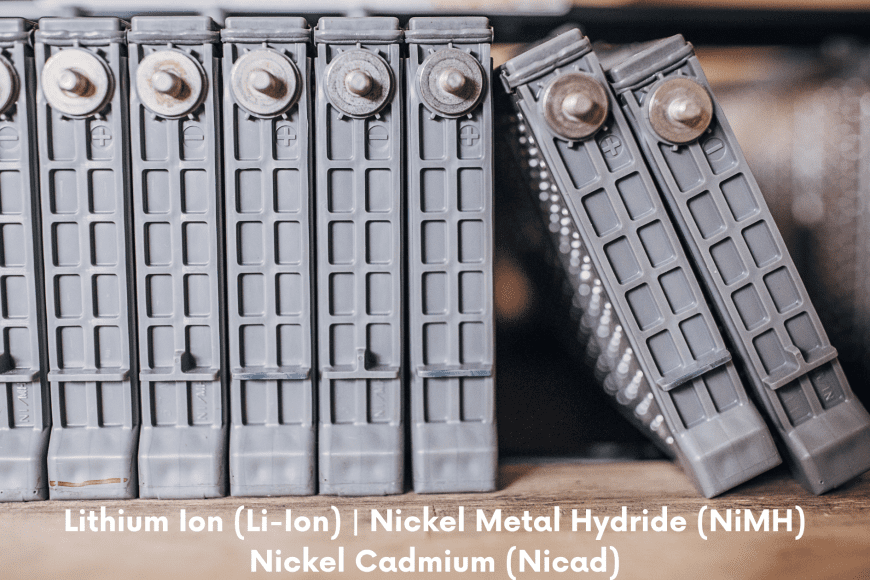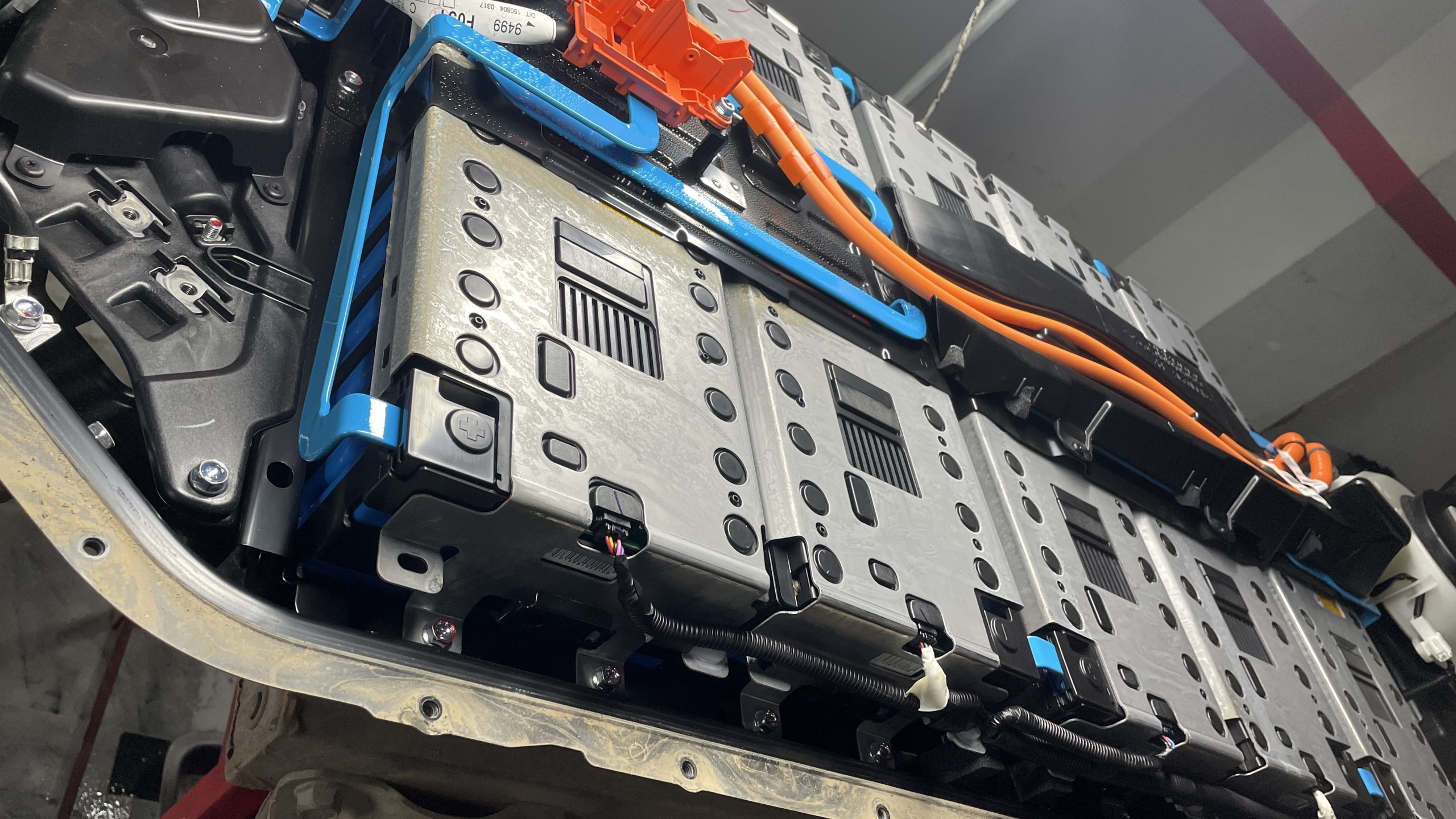- September 22, 2022
- By Rizwan Akram
- In Blog
- Tags Hybrid Battery
- 1554
- 0

Each of the top three hybrid battery chemistries has highly unique characteristics.
It is well known that lithium ion hybrid battery cells have a very high energy density. Compared to other battery packs, they can store more energy per pound. Because of this, they are widely used in portable devices, automobiles, etc. They outperform nicad or NiMH in deep discharge situations because they lack the memory effect that nicad has. Since they don’t contaminate water systems, they are safer to dispose of environmentally than Nicad, and there are no advantages or disadvantages from the perspective of mining.
Another problem with lithium Ion is safety. In order to manage input and output voltage, all lithium ion batteries must be controlled by an integrated circuit. The cell could experience thermal runaway if the circuit is absent. You’ve probably all heard about laptop battery fires. Thermal runaway occurred in the situation. Water is another concern for safety. Li-ion will oxidized incredibly quickly in the presence of water (hint explode).

Li-ion batteries have a lifespan of around 700 to 950 cycles. As of November 2012, this will be the approximate range when you buy batteries for your consumer devices. This is constantly changing due to the testing of various lithium salts.
Compared to Nicad batteries, NiMH batteries have a larger capacity, whereas Li-Ion batteries have a lower capacity. They weigh almost two times as much as Nicad batteries. Additionally, they don’t have a memory impact. They make a decent battery for medium temperatures. Typically work without any negative effects in temperatures ranging from -5 to 95 degrees Fahrenheit. They can store almost twice as much as NiCad hybrid batteries and have strong deep-discharge characteristics. At 500–800 life cycles, they typically have a shorter lifespan than NICAD. When it comes to charge and discharge properties, they are extremely comparable to Nicad and are safer than Lithium Ion with Thermal Runaway.
There is a greater propensity for weak-cell syndrome in NiMH hybrid battery. That is, when a battery pack is fully charged and then used, it immediately discharges. It will indicate that it fully charged when you test it. This is because either all or some of the cells are unable to maintain power. More than any other battery type, NiMH batteries have this propensity. NiMH batteries are less susceptible to thermal runaway than Lithium Ion, but not as well as Nicad. They are more environmentally friendly than nicad and have similar safety properties.

Nicad batteries are quite durable. They are useful for working in harsh conditions, such as heat or cold. Additionally, with 700–1000 life cycles, they have a longer lifespan than NiMH or Li-ion batteries. For high power deep discharge applications, they are particularly durable. The “memory effect” is a charging issue that they have, which is a drawback. In other words, if they not fully charged after each usage, they could only recharge to the previous greatest charge. The battery’s lifespan may be shorten as a result.
Extreme temperature resistance, deep discharge capacities, and other features of a Nicad battery are advantages.
Cell availability for nicad. Since Panasonic acquired Sanyo, there are fewer high-quality cells available. Numerous sizes of Nicad batteries were no longer produced by Panasonic. As a result, only Chinese manufacturers are now selling the discontinued sizes. This battery is subpar.
Follow Us





